What is Radial Balance in Photography? (And How to Use it)
To create interesting images, we can use compositional techniques in our scenes.
There are the usual rules, and then there are the uncommon ones, such as radial balance. This technique aims to balance the image through radial symmetry.
Let’s see how you can add it to your imagery!
What Is Radial Balance?
When we look at balance in photography, we talk about formal and informal techniques. According to this approach, symmetrical balance is formal, whereas asymmetrical balance is informal.
Radial balance is a form of symmetrical balance where elements within an image radiate outwards from a central point. This way, they create an even pattern, adding depth and visual movement to the picture. It can help bring the viewer’s eyes to a subject placed in the center.
It can occur naturally or can be created using photographic manipulation. Typical examples would include flowers with their petals radiating outward, or a lizard’s tail curling up.
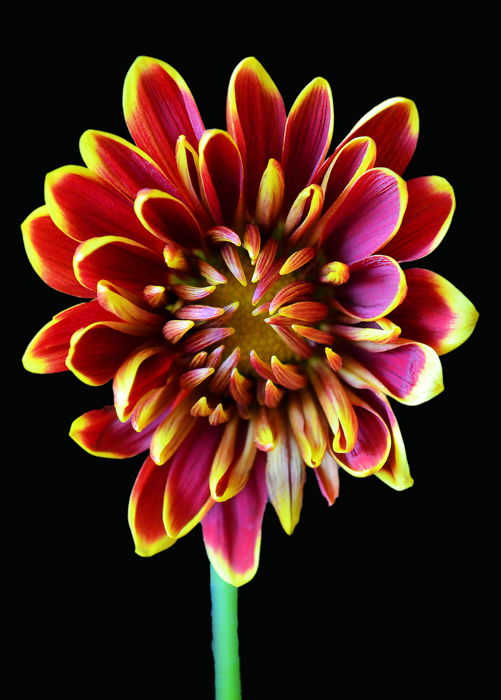
Radial Composition in Art
Radial composition is often used in different types of art to create a sense of harmony. The power of this technique lies in the fact that the circular arrangement of subjects feels perfectly balanced.
A circle is the symbol of perfection and cyclicality. It creates a sense of wholeness in the viewer.
Because of its attractive nature, radial composition has been used by artists for centuries. Mandalas were created to symbolise perfect balance already in the 4th century. Since then, radial balance has appeared in various eras.
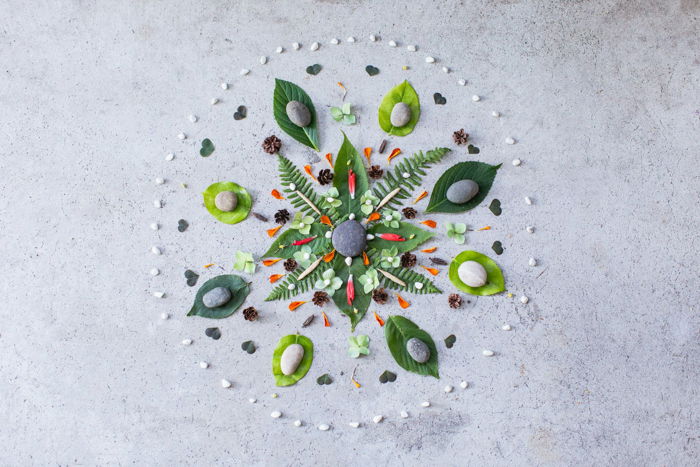
Geometry started to have bigger importance with the start of the avant-garde at the beginning of the 20th century.
Abstract expressionism used radial balance to emphasise feelings with the use of shapes. The Bauhaus art movement also benefits greatly from the use of geometric shapes and designs.
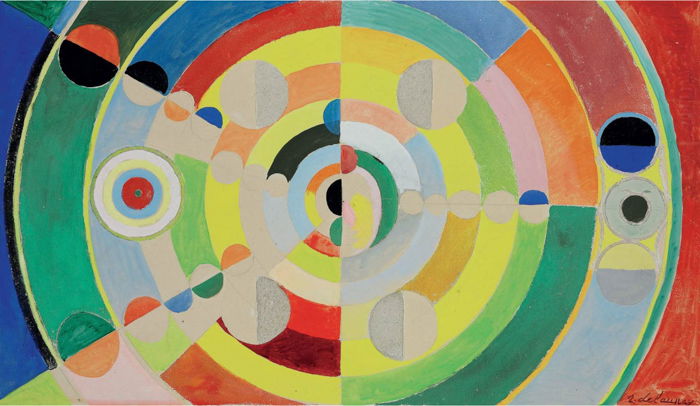
How To Create Radial Balance in Photography
When creating radial balance, there are two crucial things to pay attention to: composition and choice of subject.
You need to compose the picture in a way that the central point, where the radial lines are originating from, is placed in the middle of the photo.
You can find ways to create radial balance pictures in everyday life. Since balance creates a feeling of perfection in humans, we tend to apply this technique in our architecture.
The most popular and easiest subjects you can use are glasses and staircases.
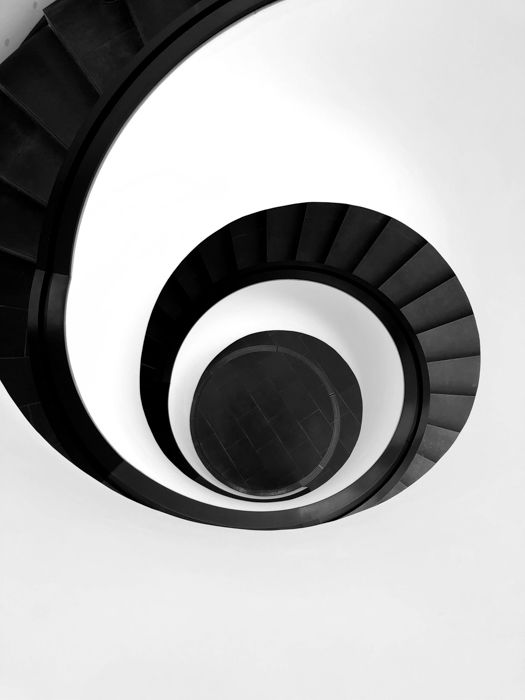
Circular shapes are extremely common in nature as well.
Shells of snails, flowers, and even the pupils of humans can be turned into amazing models if you want to experiment with radial composition.
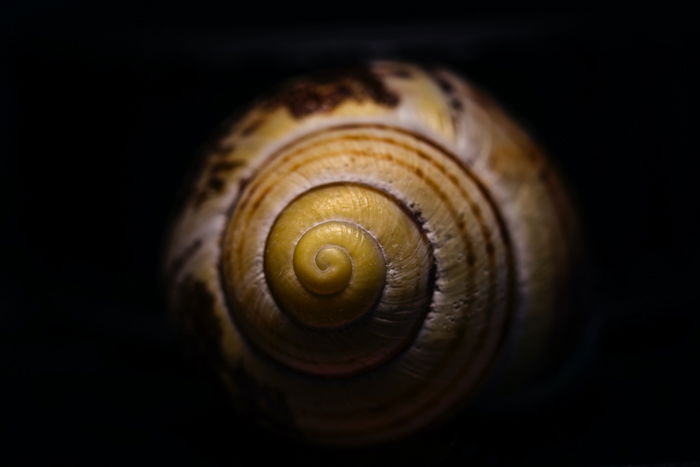
To emphasise radial balance in photography, it is useful to use wide-angle lenses. They naturally distort the view and makes us focus on the middle of the photo. This spot in the middle is where you should have the center of your subject.
One of my favourite examples of radial composition is taking long exposure pictures of the stars at night. These photos capture the so-called star trails — the trails of the stars as the Earth rotates.
These images are created by very long exposure. It usually takes over an hour! But the results are spectacular, showing a perfect radial balance.
For more tips on how to capture amazing long exposures, check out our course Infinite Exposures here.

You can also try to experiment with different perspectives, such as aerial shots or shots from under.
By using a perspective that is unusual for the human eye, these techniques add power to the radial balance in your images.
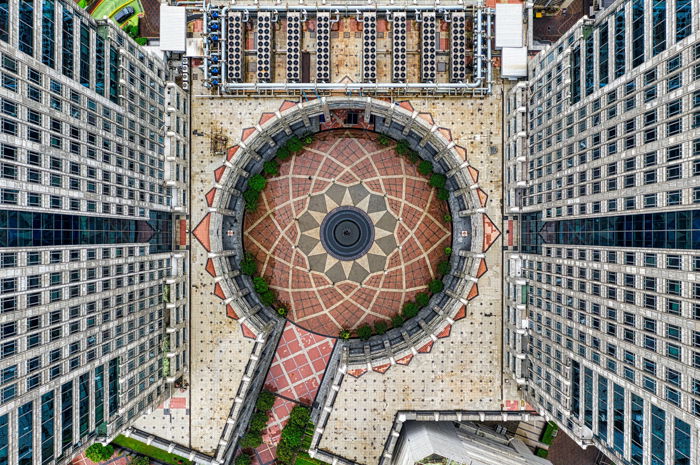
Radial composition can be also used to draw attention to a specific object or person.
You can, for example, take a picture through a circular window, which creates a frame for your subject. A halo of sun rays can serve the same purpose if used correctly.
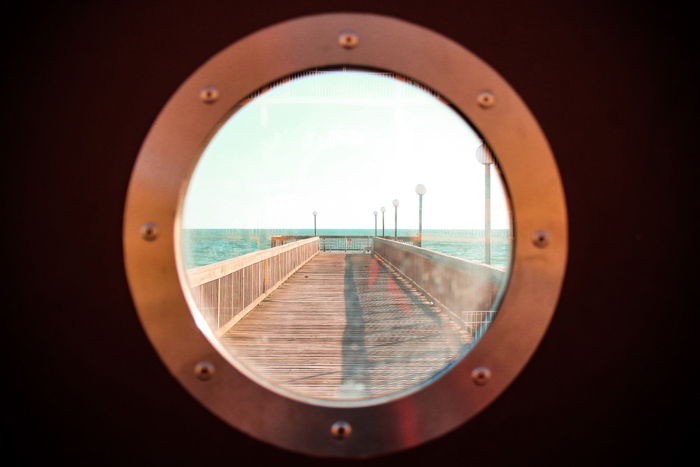
Conclusion
Composition in photography is a topic that is challenging for every beginner. It takes time and practice to master creating balanced images.
The use of radial balance will give your images a unique look. Also, it will make the viewer feel a sense of perfection when looking at the picture.
Use our tips above to add radial balance to your photography!